Intro to the Social Horror Genre
Do you recall what it was like when you watched Get Out (2017) for the first time? I do. I remember feeling that I had never seen anything like it before. Why was no one making more like it? The mix of thrills laced with commentary about race and class knocked me right over. Little did I know that was my first foray into social horror.
The genre of social horror as it has come to be known combines elements of suspense and horror to contextualize the obvious — and not so obvious — biases in society. This genre is not limited to filmmaking but is widely spread in books as well. This includes cult classics like Rosemary’s Baby. One of the reasons social horror works so effectively is the fact that after empathy, it uses one of the most post potent emotions to make its point: fear.
There are some standard elements that are common to this genre. They include but are not limited to a narrator, who is either unreliable due to a previous lapse in judgment and/or is caught in the middle of a complicated situation. The next element is an atmosphere that is deceptively creepy. There are jump scares coupled with suspicious behaviors simmering underneath the surface, threatening to boil over and scald everything in its path. The traditional elements of horror such as tons of blood, body horror, and death are also often a part of the genre.
Social horror touches the nerve of an issue facing contemporary society and acts as a catalyst to more works around the theme emerging. With Rosemary’s Baby it was the questioning of gender roles and dismissal of women as hysterical, whereas with Get Out it was the commentary on race and the leftover debris of a dark legacy. In the present day, with so many issues coexisting at once, there are four very broad topics emerging in social horror. These are by no means extensive or definitive, but rather suggestions to help one begin their journey with this genre.
Suburbia Gone Wrong
This one is characterized by stories of people’s perceptions of what their life should be like going wrong and/or the lingering danger of gender roles.
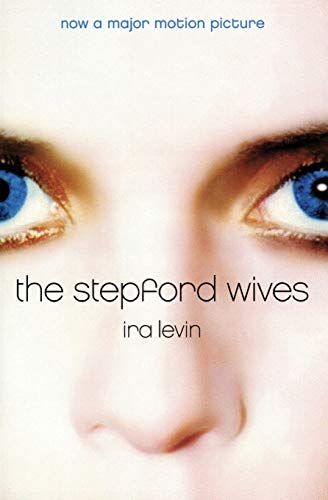
The Stepford Wives by Ira Levin
A great beginner in this genre is one of my all-time favorites. It tells the story of Johanna, who is excited to move to Stepford, with its white picket fences, great schools, and guarantee of a good life. But when she gets there, everything seems a tad off. Johanna is constantly told it is all in her head until it isn’t. This is a slim volume at 144 pages, but it packs a punch. Johanna’s internal monologue is comforting to anyone who has carried the emotional labor of an entire family on their shoulders, only to be asked, ‘What do you do all day?’ at the end of the day.
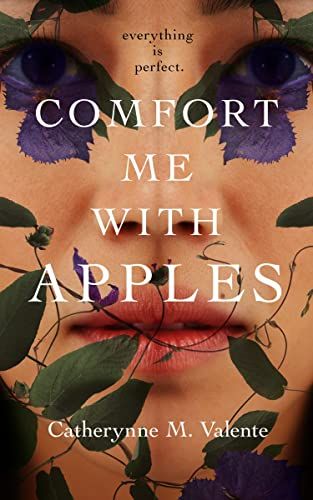
Comfort Me With Apples by Catherynne M. Valente
Sophia is living her best life in Arcadia Gardens with an immaculate home and a loving husband. A husband who rarely spends time with her and seems preoccupied whenever he is with her. One day she opens the drawer to her vanity which shatters the illusion on which she has built her life. This is another biting volume that speaks to how the chasing of the suburban dream and its expectations are a vicious cycle in itself.
Race and Gentrification
This category is focused on the impact of the legacy of racial discrimination and the often resulting gentrification that follows, where people are displaced from their homes by creating deliberately difficult circumstances.
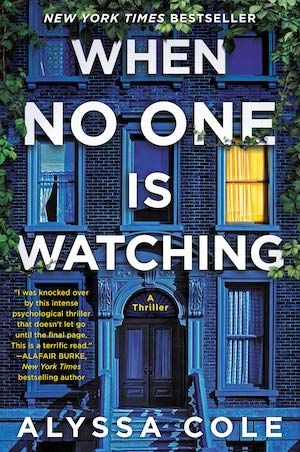
When No One is Watching by Alyssa Cole
This was my Aha! moment with books being about social horror. It tells of Sydney, who is adamant about not letting her neighborhood become another upscale apartment complex colony and so decides to put together a tour of her own, speaking to the real history of the neighborhood. However, when she partners with all the people she loves to do so, the history she finds is dark and much more sinister. Oh, and Sydney might have secrets too.
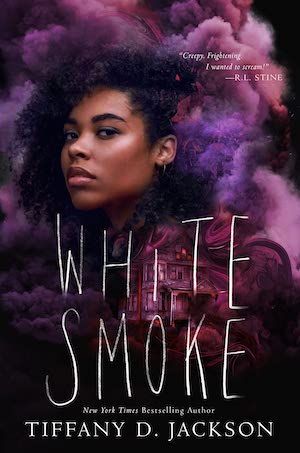
White Smoke by Tiffany D Jackson
This title focuses on the concept of ‘us’ and ‘them’ that is part of the genre. It tells of Marigold, who has had a rough past and is ready for a fresh start. Her move from California to Cedarville, Michigan – modeled after Detroit – proves to be just that. Or so she thought. It’s just that her house stands amidst ruins and secrets about the town. Secrets that are slowly closing in on her and her family.
Class Exploitation and Post-Colonization
This category is a little different from the above as it brings into conversation the impact of colonization on a people and the lingering ghosts that haunt a land that was stolen from them.
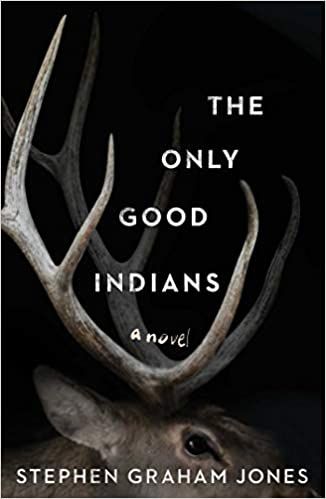
The Only Good Indians by Stephen Graham Jones
The story follows four Blackfeet men in the decade after a fateful hunting incident. On what becomes known among the four as the Thanksgiving Classic, Lewis, Gabe, Cass, and Ricky ignore the land restrictions on their reservation and come across a windfall of elk on land reserved for tribal elders. Over the years that follow, the decision they made that day comes to haunt them in unimaginable ways.
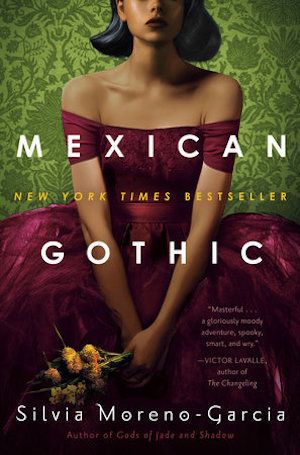
Mexican Gothic by Silvia Moreno-Garcia
One of the more “What did I just read?” books out there, follows Noemí, who receives a mysterious letter from her cousin asking her to save her from a mysterious fate. As she travels to the countryside of Mexico to her cousin’s dilapidated mansion, the sense of gloom and darkness ever so present threatens to engulf her. Those are not the only things waiting to take her over though.
Technology Malfunction
This category is the one that comes closest to spilling over into dystopian fiction. It is usually characterized by an element of technology escalating into something else being triggered by some sort of social catalyst.

A Touch of Jen by Beth Morgan
Remy and Alicia are a couple who, instead of glimpsing inward to solve their relationship, start to fetishize Remy’s former colleague, Jen, through her social media. When they one day have a chance encounter with Jen and are invited to her house for a party, they find themselves in an alternate reality where things spiral out of control incredibly fast.
The genre of social horror is an intriguing one as it continuously toggles between horror and suspense, even sometimes dystopia, trying to achieve the perfect balance. But here is what the difference is between the genres that make up social horror and the unique genre that it is itself: with the other genres there is space, room for disbelief, for disavowing that this will ever happen. With social horror, you realize you are in the middle of your worst fear with nowhere to run.




إرسال تعليق
0 تعليقات